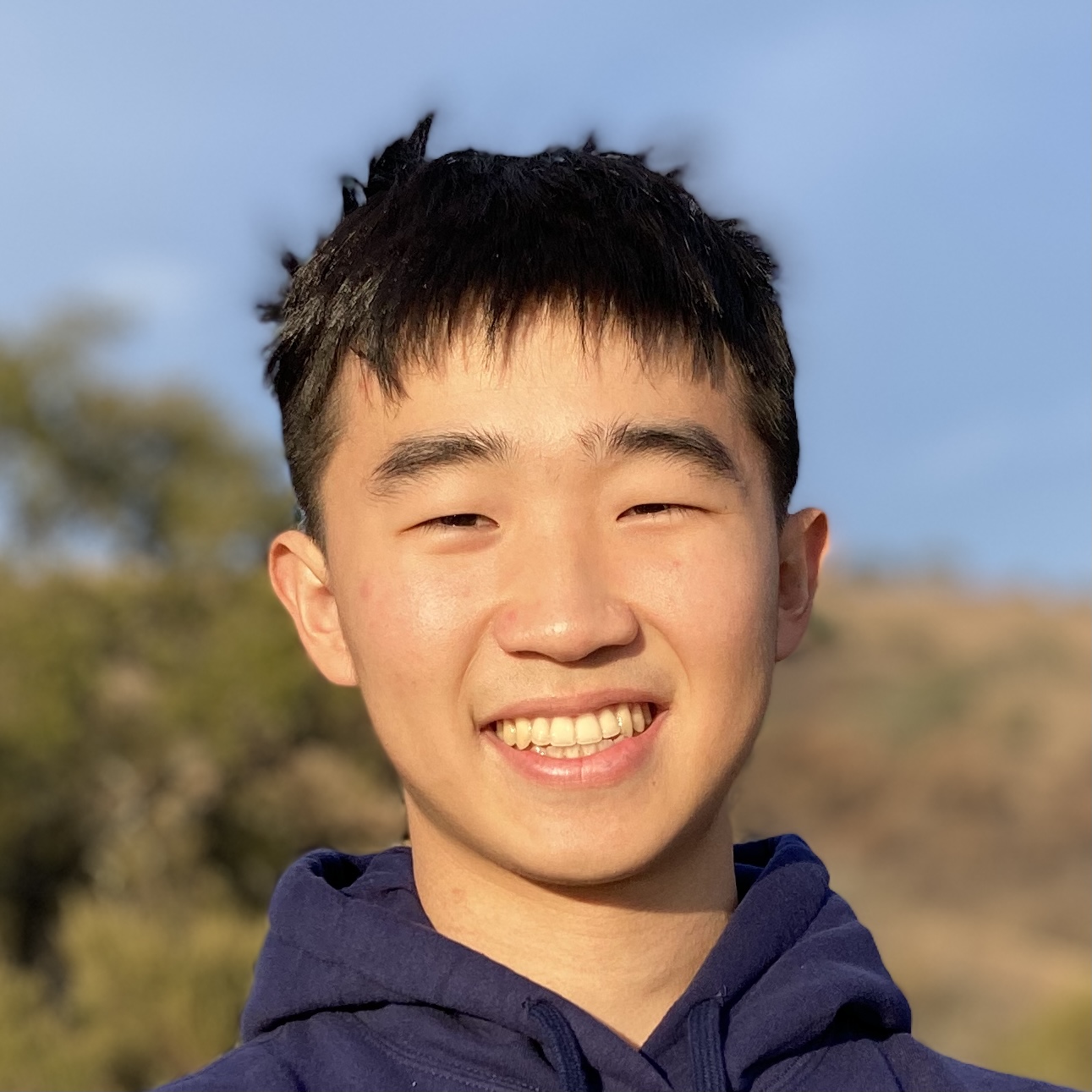Improving Retinal Tracking and Stimulus Accuracy under Latency Constraints for AOSLO
Final research project from Computational Color (CS294-164) with Jason Qiao and Leon Xu. Our research was part of the OZ Vision project which is centered around studying visual perception by laser stimulation of photoreceptors in the retina.
Abstract
Mitigating the effects of latency in real-time retinal tracking for targeted stimulus delivery has great potential to improve the study of human visual perception at the individual photoreceptor level. We investigate Phase Correlation in lieu of Normalized Cross-Correlation as an alignment metric to estimate displacement of images against a retinal map in real time. We also add a simple velocity-based prediction component in addition to real-time tracking to compensate for the tracking-to-stimulus delay. There was little improvement in translational or stimulus error using either of these methods, but open other directions for exploration. In addition to the original raster approach, we simulate new scanning laser trajectories to examine how retina video distortion can be minimized and retina tracking improved. The simulations indicate that some new trajectories may improve retina tracking performance and provide potential avenues to improve the hardware capability of the retinal scanning system.
Check out the full paper here!
Below is the short summary video.

